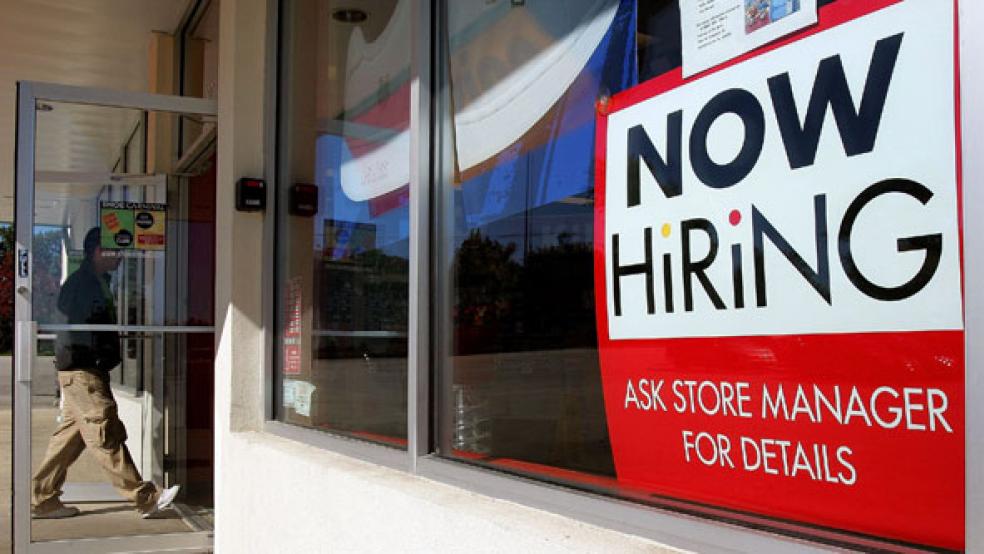The number of Americans filing for unemployment benefits fell to near a six-month low last week, pointing to a further tightening in the labor market that could encourage the Federal Reserve to lay out a plan to start unwinding its massive bond portfolio.
A weakening automobile sector is, however, adding a wrinkle to an otherwise brightening economic picture. Other data on Thursday showed manufacturing output fell in July as motor vehicle production tumbled. Auto manufacturers are cutting back production amid weak sales that have created an inventory glut.
Related: Hoping for a Big Raise Next Year? Here’s How Much You’ll Probably Get
"Today's data were constructive towards our expectation of another robust rise in real GDP growth in the third quarter and further labor market improvement," said Dana Peterson, an economist at Citigroup in New York. "The readings support our conjecture that low inflation notwithstanding, the conditions for the Fed to announce balance sheet unwind are ripe."
Initial claims for state unemployment benefits dropped 12,000 to a seasonally adjusted 232,000 for the week ended Aug. 12, the Labor Department said. That was the lowest level since the week ended Feb. 25 when claims fell to 227,000, which was the best reading since March 1973.
Claims have now been below 300,000, a threshold associated with a robust labor market, for 128 weeks. That is the longest such stretch since 1970, when the labor market was smaller. The unemployment rate is 4.3 percent.
The four-week moving average of claims, considered a better measure of labor market trends as it irons out week-to-week volatility, fell 500 to 240,500 last week.
Labor market strength was corroborated by a survey from the Philadelphia Fed showing manufacturers in the mid-Atlantic region sharply increased hours for workers in August amid a jump in new orders and unfilled orders.
Job market buoyancy is probably sufficient for the Fed to outline a proposal to begin offloading its $4.2 trillion portfolio of Treasury bonds and mortgage-backed securities at its next policy meeting in September.
Related: Does Weak Inflation Mean the Economy Is Worse Than It Looks?
Concerns about persistently low inflation could, however, prompt the U.S. central bank to delay increasing interest rates until December. Minutes of the Fed's July 25-26 policy meeting published on Wednesday showed policymakers appeared increasingly cautious about weak inflation, with some urging against further rate hikes.
The Fed has increased borrowing costs twice this year.
The dollar was steady against a basket of currencies in midday trading, while prices of U.S. Treasuries rose marginally. U.S. stocks fell as investors worried about President Donald Trump's ability to pursue his pro-growth economic policies.
Trump on Wednesday disbanded two high-profile business advisory councils after a number of chief executives quit in protest over his remarks blaming violence in Virginia last weekend on anti-racism activists as well as white nationalists.




